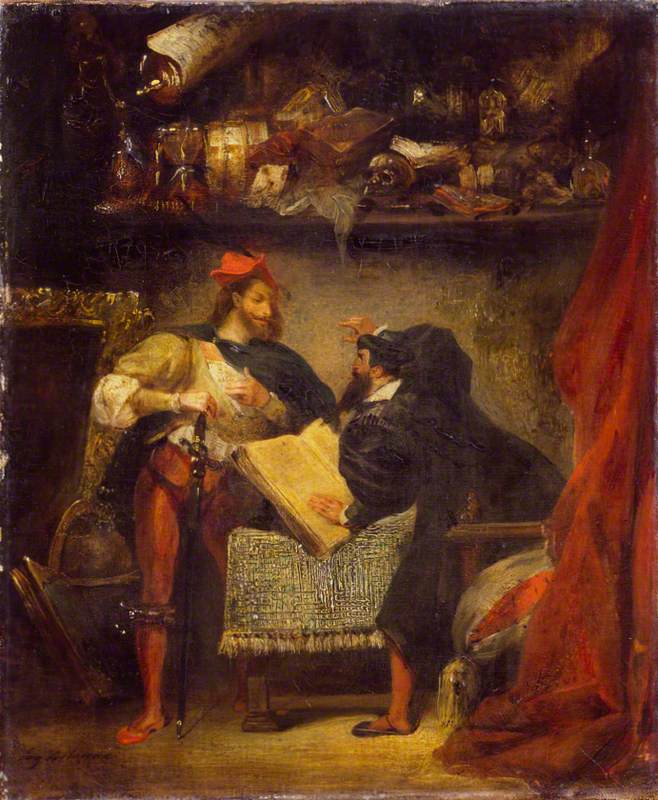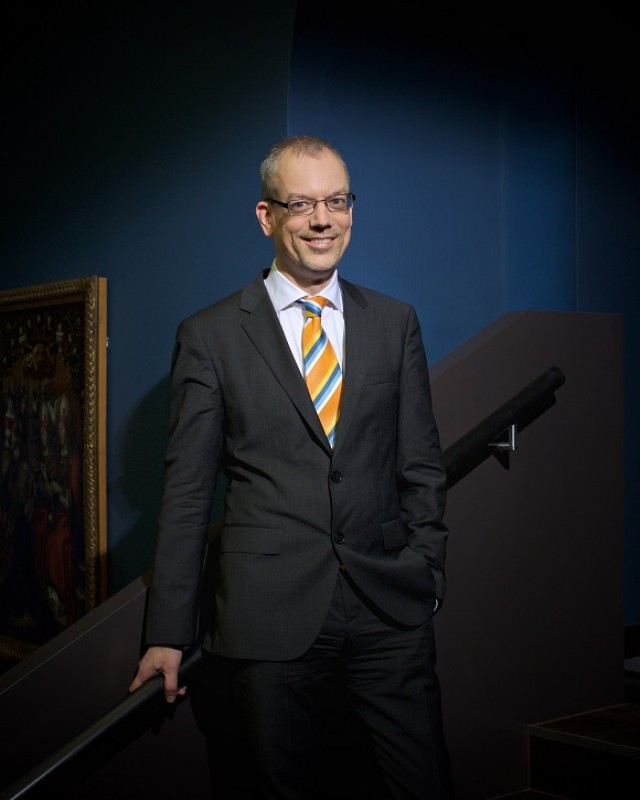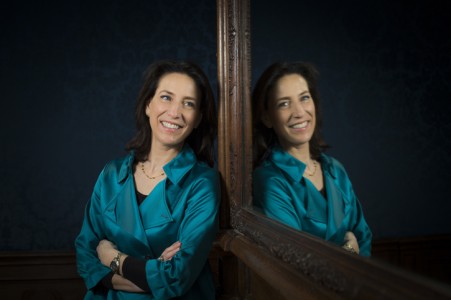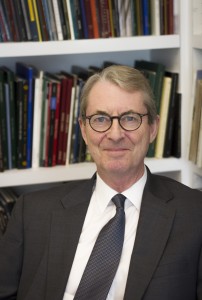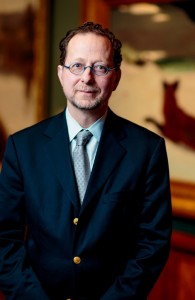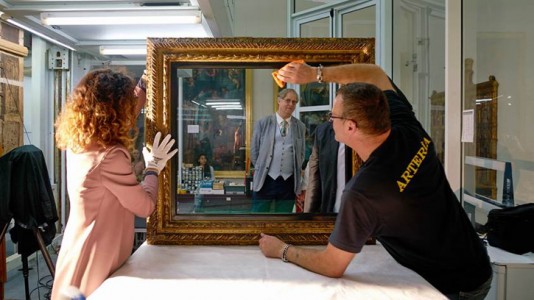Eugène Delacroix was arguably the greatest Romantic painter in France. His interest in Goethe’s Faust can be regarded as one of defining moments in the history of European Romanticism. The painter first saw a version of the play performed in London in 1825 where he stayed with his friend, the British artist Richard Parkes Bonington. In the same year, he began a series of brilliant, often dramatic, lithographs after Goethe’s text that he finished in 1828. Delacroix sent one set to the author. Goethe was used to an entirely different style of illustrations for the Faust as it was practised by German artists of the time. But he immediately reacted with great respect to a sympathetic vision, to an artist who intuitively grasped the dramatic depth of the play. This network of artistic curiosity across countries has always impressed me. These conversations between artists from different backgrounds and with different personalities can be appropriately described with the title of Goethe’s greatest novel, Elective Affinities.
Delacroix explores the dramatic and the painterly potential of the scene. At his desk, Faust is trying to translate the beginning of the Gospel of St John, considering different translations for ‘In the beginning was the word’. He cannot decide on the best translation for ‘the word’ which in the gospel describes the guiding principle of the world. Faust realises that, after years of study, he is still lacking fundamental knowledge about the world and despairs of the limited relevance of learned knowledge. At this point, Mephistopheles, fallen angel and devil, enters the room to dare him into a full exploration of human life – with dramatic consequences. Such as the death of Faust‘s love Gretchen.
Delacroix brilliantly describes the contrast between the dusty, dark and oppressive study and the self-assured energy of Mephistopheles. The contrast between Faust and the devil is heightened by the figures postures and gestures, by colours and light. Delacroix takes obvious pleasure in describing the setting. The scratched surface of the carpet on the table is a painterly tour de force. The painting featured in the Salon of 1827.
After working at the Wallace Collection, I have recently become the director of Hamburg’s Kunsthalle. The museum is internationally famous for an outstanding collection of Romantic art, most famously works by Caspar David Friedrich. Delacroix is represented – with two paintings, but also with the complete set of his lithographs after Goethe‘s Faust. It would be wonderful to show his painting, probably painted after the lithograph, in this context. We recently added a Faust drawing by Delacroix to the collection: a painting would be a dream. Delacroix‘s work could serve me as my very personal souvenir of my time in London, but more importantly, it could play a role in the Hamburg collection as a bridge between the different Romantic movements in early nineteenth-century Europe and remind us of the international character of the period.
Christoph Martin Vogtherr, art historian and Director of the Hamburger Kunsthalle
